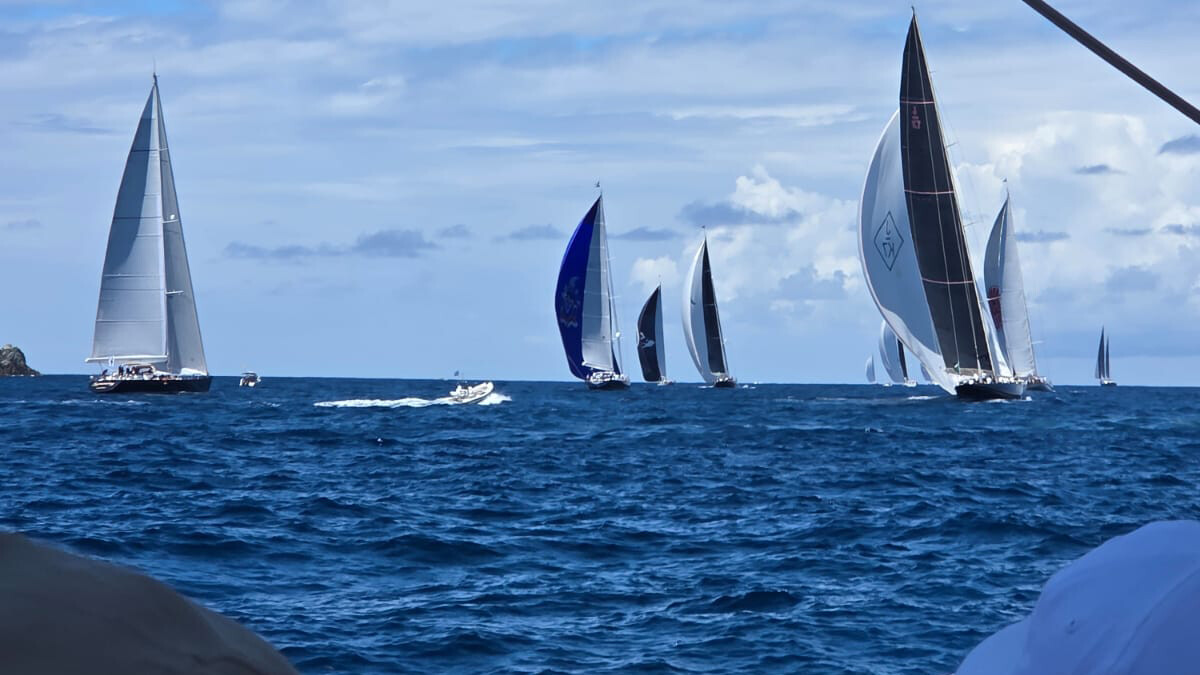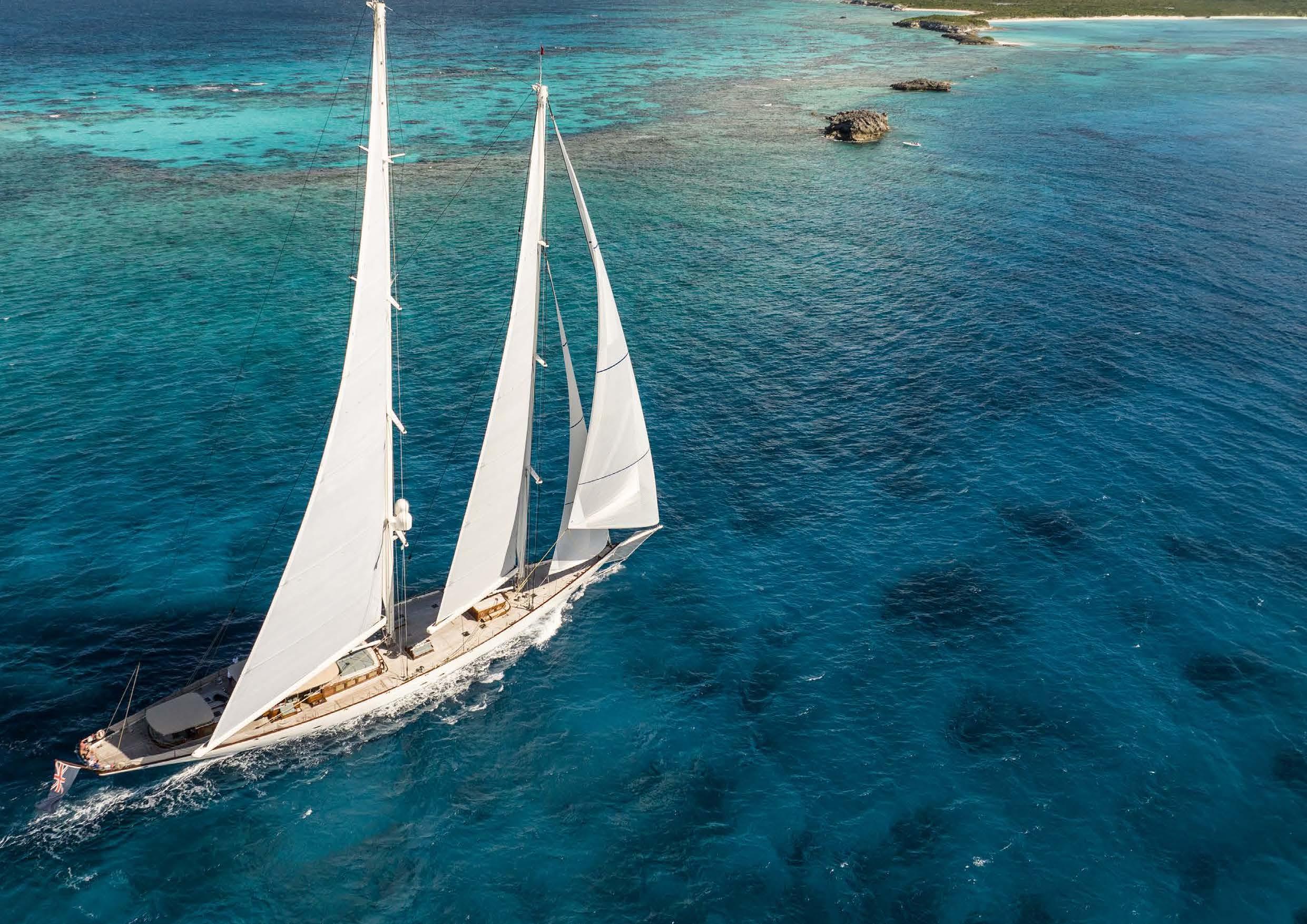
Marquip Webinar-IMO Tier III

Fraser was proud to be take part in The Marquip webinar this week, focusing on the latest important changes to IMO Tier III regulations on nitrogen oxide emissions, and their impact on the yachting industry. From January 2021, new large yachts sailing in Northern European and US waters will have to comply to these new rules.

Fraser Technical Superintendent Romain Guilbaud was a speaker at the event alongside a panel of industry experts.
Here, he tells us more about these new changes.
Please tell us more about the reason for these regulations. The World Health Organisation (WHO) reported that outdoor air pollution was responsible for 4.2 million premature deaths in 2016. In Europe, approximately 400,000 people die from air pollutants each year. Some studies are estimating that 50,000 deaths in Europe might be attributed to shipping emissions.
The International Maritime Organization (IMO) MARPOL convention defines the various rules applicable to the shipping and yachting industry to prevent marine pollution.
In 1997, the IMO adopted Annex VI to act against air pollution and limit the harmful gas emissions produced by yachts, ships and boats. It involves limitations in Ozone Depleting Substances (ODS), Volatile Organic Compounds (VOCs), Sulphur Oxides (Sox) and Nitrous Oxides (NOx). Annex VI has been in force since 2005.
Are the regulations valid across the world? The IMO is universally recognised as the global authority on safety, security and environmental performance in international shipping. IMO regulations apply to ships and yachts worldwide.
Annex VI lists 5 key Emission Control Areas (ECA's) in which the authorised limits and controls for air pollutants are more stringent.
The new IMO Tier III regulation, which specifically addresses the NOx (nitrogen oxides) emissions, is currently only applicable to the ships and yachts cruising in three of the world's five Emission Control Areas (North America, USA, Caribbean Sea). It comes into force for the other two, the North Sea and Baltic Sea, from the 1st of January 2021.
Outside of these areas, Tier II regulation applies. However, these regulations however do not apply to all vessels. The level of standard applied (Tier I, II or III) depends on each yacht's keel lay date, size, GT and, for propulsion engines, combined propulsive power.
The IMO Tier III currently applies to vessels larger than 24m and 500GT built after 1st Jan 2016 what's going to change from 1st Jan 2021? It is currently applicable to all diesel engines larger than 130kw (outside emergency purposes) fitted on any commercial vessel above 24m, or recreational vessels above 500GT with a combined propulsive power of more than 750kw, built after 2016 and cruising in North America, USA and the Caribbean Sea.
Outside these areas, the same vessels have to comply with IMO Tier II standards. However, from 1st January 2021, all recreational vessels below 500GT built from this date will be applicable. Furthermore, from the same date, the North and Baltic Seas, which are currently only imposing more restrictive SOx (sulphur oxides) emissions, will also require Tier III standards compliance, like the other ECAs. The difference between Tier II and Tier III standards represents approximately a 75% reduction of NOx, which cannot be achieved by a simple modification or adjustment of the engine.
It requires an after-treatment system such as an SCR (Selective Catalytic Reduction). Additionally, SCRs require urea to operate. The volume and space required on board to accommodate the system and the Urea tank is challenging to find in the engine room of a yacht, especially for 500GT units or less. It makes a big difference compared to Tier II engines. Urea is also corrosive, has a limited storage life and is not used within the recreational boats sector. Thus, this is not a product that is readily available in all ports, particularly in remote areas and it will probably take a while before the situation changes.
What is the impact of these changes on the industry? We can assume that the production of lower range yachts above 24m is going to be directly impacted by the adoption of these new standards and the associated costs required to design and purchase the after-treatment system, particularly in the high speed craft markets, which require powerful engines. Innovation is more than ever needed if we want to meet the challenge in front of us, which is so important for the environment. Reducing air pollutants is just the start of a long and ambitious series of additional requirements aiming at fulfilling the targets that were set by the IMO and the EU.
The IMO objective is to reduce greenhouse gases by 50% and CO2 by 70% by 2050. The transition is already in progress and the industry is now working towards designing and producing alternative decarbonised power production systems (methanol, hydrogen, ammonium, biomass, electrification...).
Many innovative projects are currently underway and I am convinced that the technologies that will be used in 2030 are yet to be discovered. The industry will have to adapt very quickly and Fraser, conscious about the upcoming challenge and its positive impact, is getting ready for it.
The IMO has high targets concerning the reduction of emissions and decarbonising the industry. With more and more clients seeking sustainable yachts, how do you see the future of yachting and how is Fraser contributing to positive change and the green transitioning of its fleet?
Green transition in yachting is certainly in motion. I feel that leading shipyards and our industry as a whole are increasingly focused on reducing the impact of onboard systems on the environment.
While some of the change in yachting is driven by shipping, which has much higher economical pressure to reduce the level of polluting emissions, there are bridges between the two sectors.
Innovative projects are in progress on both sides. Examples in the yachting industry include fuel cell propulsion, SCR alternatives and the development of hybrid technology to optimize the operations of diesel engines and reduce fuel consumption.
Fraser is pleased to be at the forefront of this and we take every opportunity to encourage our Owners to embrace green initiatives. Our role is to provide feedback from the end-users to improve the systems and guide our clients towards the right technology that not only will protect their investments but will also really make the difference for the environment. At the same time, Fraser is leading many actions, not only with the vessels that we manage but within the corporate team. The Fraser Green Committee, made up of team members from different departments in the company, aims at leading concrete actions to minimize the impact of our activity on the environment. We are also a strong supporter of Plastic Oceans. All Fraser's professional travel is carbon offset, we recycle throughout our offices and single-use plastic is strongly discouraged. Fraser is also actively promoting these actions within its fleet and is supporting clients that are willing to adopt the changes aboard their boats. Of course, this needs to become a permanent way of life and Fraser is pushing to remain ahead of the environmental regulations and lead the green transition in yachting.
The future is now.
To watch a recording of the webinar, click here and enter password 8O$x#K@0.










